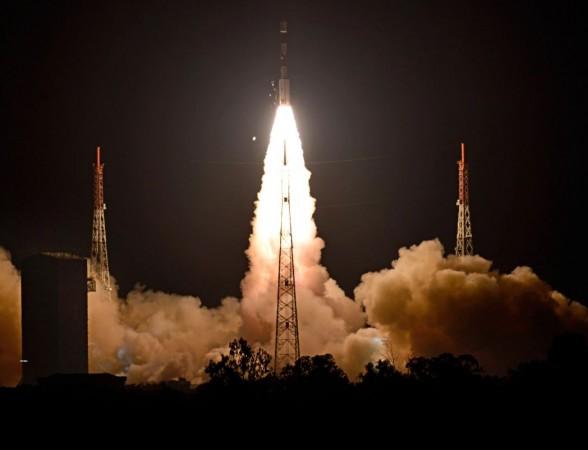
If India wants to make a mark in space travel, it will have to look past chemical propulsion systems and needs to consider nuclear, hybrid and environmentally positive propellants. These were among the key pointers that were discussed at the inaugural session of the national conference on Future Directions in Propulsion organized by the Aeronautical Society of India (ASI).
One of the speakers at the event, Director S.Somanath, director of the Vikram Sarabhai Space Centre (ISRO) stressed on the importance of inter-planetary missions and the need to achieve higher levels of technology in terms of propulsion and rockets. Larger, more powerful rockets are needed with higher capacities need to be built to realistically achieve inter-planetary travel he said, The Hindu reported.
Reusable launch vehicles were also discussed. One of the biggest players in the private space industry- SpaceX's claim to fame as being the most affordable way to put satellites in orbit came from the fact that they are able to reuse their rockets. In fact, their most recent launch made use of a first stage rocket that can be used 10 times without the need for any refurbishment. India is junking their first stage cores and it is a major loss for every launch.
Additive manufacturing or 3D printing is another technology that was brought up in the conference. Using printed parts has been proven to be not only cost-effective but being able to simply print custom rocket parts could mean a major reduction in time taken to build rocket engines. Also, additive technology means being able to source materials locally. One way to know that this tech could actually work is by looking at what NASA is doing with it.
Recently, NASA started licensing its 3D printing techniques that could be used to print out engine parts including nozzles. The technique, known as Laser Wire Direct Closeout (LWDC) was developed specifically to handle high temperatures and the stresses of space travel.
As to when the ISRO and its industry partners are going to develop these technologies, there was no timeline mentioned, but the conference was more of a way to discuss the upcoming trends in space travel, the report noted.

















